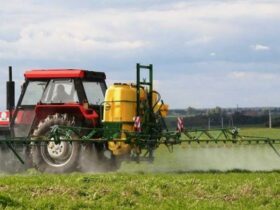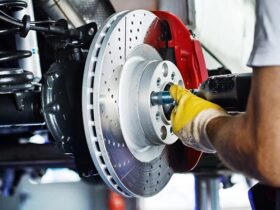It is unlikely that there will be at least one housewife who would never wash the dishes. Not only housewives, but also representatives of the stronger sex, and even children who entered into adolescence, are more or less regularly washed. It is great if your house has a servant or dishwasher. But if they are not, you want it or not, sometimes you have to wash the dishes. It seems to many that in this everyday lesson there is nothing complicated – but this is not so. As in any, even the most everyday business, in the process of washing dishes there are simple rules that will help you make this lesson more effective. So how to wash the dishes correctly?
Before proceeding directly to cleaning dishes in cleanliness, you should remove food residues from your plates, pots, pans or cups. It is better not to neglect this rule, otherwise there will be very little time, and you will be forced to call plumbing to eliminate the blockage in your pipes. If you do not like to wash the dishes immediately after the meal, then, most likely, you have repeatedly faced the fact that you simply dried up in the remnants of food in plates. In this case, do not try to remove them immediately – soak such dishes for 10-15 minutes in warm water. After that, you no longer have to make too much effort to remove fat and dirt from them.
In addition, before washing the dishes, it must be sorted, folding separately plates, glasses, cutlery and cups. This must be done in order to save time. Agree that to get a knife from the mountain of dirty dishes is hardly possible even for the one who washes the dishes every day. And the risk of breaking something is much higher if the dishes are packed on each other with a slide.
When washing dishes, it is necessary to follow a certain sequence – the first to start washing glasses, cups or glasses, which usually are not heavily soiled. In addition, while you begin to clean them, more soiled dishes will have time to get wet.
When washing dishes, one should not forget that the plates must be washed on both sides, and not on one, as some people try to do. After you have thoroughly lathered them on each side, you need to be patient and rinse each plate under a stream of warm running water for at least 15 seconds, that is, until all the foam is washed off.
In life, situations often arise when dishes have to be washed in unsuitable conditions for this – in the country, in nature, on a hike. In this case, it is undesirable to rinse all washed dishes in a basin of water, as is often the case – otherwise particles of detergent will remain on the dishes. To prevent this from happening, hold each plate over a basin and pour clean water over it. Of course, it will take you more time to rinse, but it will be safer for your health.
If you have to wash pots and pans, then before that it is advisable to understand what material they are made of. So, for example, Teflon pans and enamel pots cannot be rubbed with a metal brush, which is very harmful to such coatings – along with the dirt, you will remove the coating itself.
It is undesirable to pour boiling water over dishes made of plastic, from which it can become cloudy or, even worse, deform.
If your frying pans, pots, skewers or grill grates are made of stainless steel or cast iron, which is familiar to us, then we can say that you are lucky – they can be washed with any means you have at hand. So, for example, such dishes can be perfectly washed from grease or dirt even with ordinary sand, as our ancestors did in the old days.











Оставить ответ